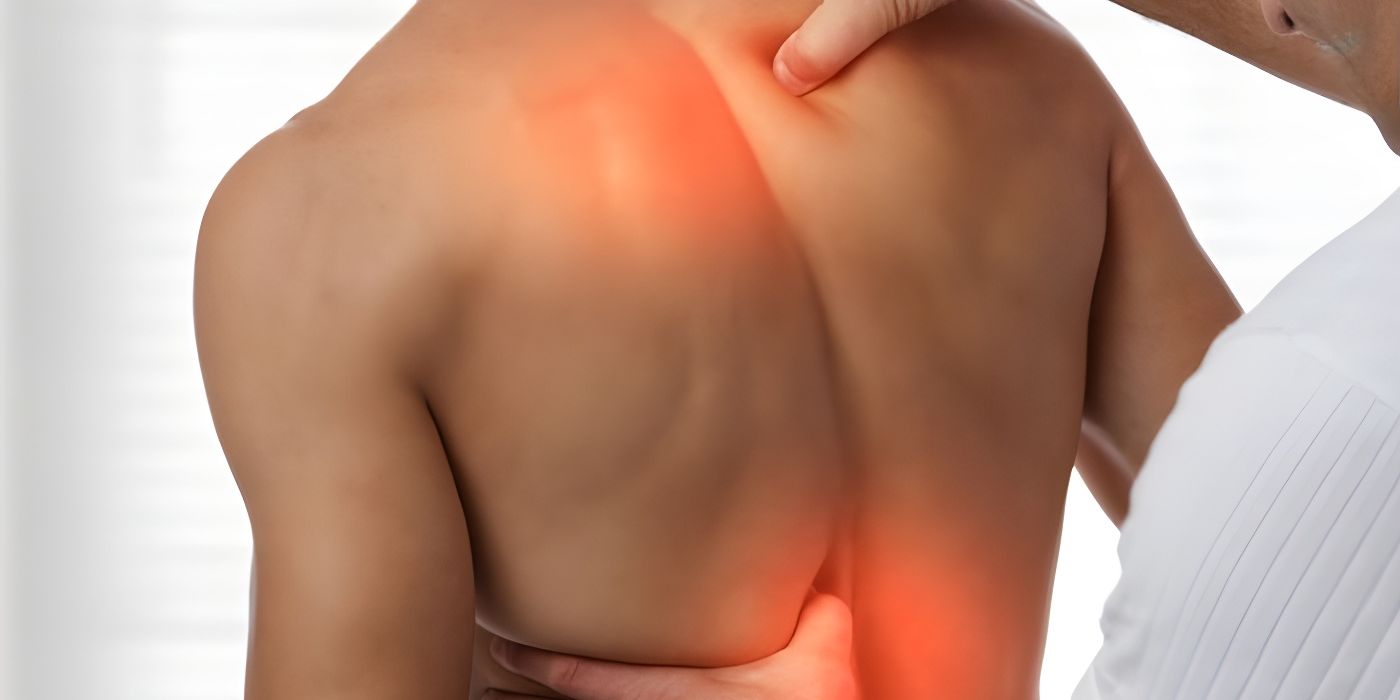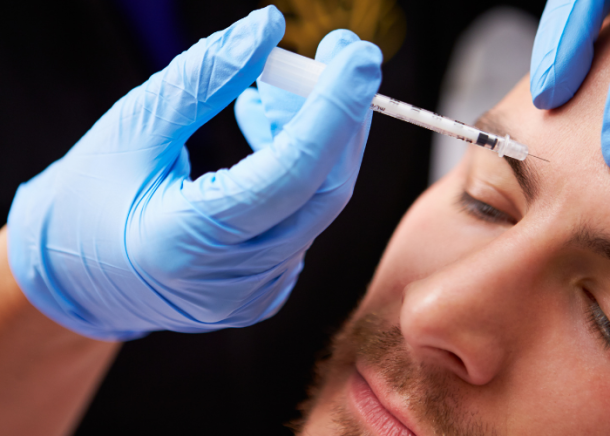Naprapathy: Discover the Secret to Healthy Joints and Muscles!

Naprapathy: Discover the Secret to Healthy Joints and Muscles!
Introduction
Naprapathy is a recognized therapeutic method focusing on the diagnosis, treatment, and prevention of musculoskeletal disorders, with special attention to muscles, joints, fascia, and their interrelationships. The term "naprapathy" comes from combining the words "napra" (correction) and "pathia" (disease), emphasizing its main goal – correcting dysfunctions and restoring balance in the body. Developed in the 20th century by American chiropractor Oakley G. Smith, naprapathy gained popularity as a holistic approach to health, combining manual techniques with anatomical and physiological knowledge.
What is naprapathy?
Naprapaths use a variety of manual techniques, including deep massage, joint mobilization and manipulation, muscle stretching, and individually tailored rehabilitation exercises. The therapy is based on a detailed assessment of posture, mobility, and tissue tension, which allows identifying the causes of pain rather than just its symptoms. Naprapathy is especially effective in treating conditions such as chronic back pain, tension headaches, neck pain, joint mobility restrictions, as well as rehabilitation after sports injuries or overloads related to office work. The therapeutic process often includes patient education regarding ergonomics and prevention, supporting long-term treatment effects.
Who can benefit from naprapathy?
People with chronic pain
Back, neck, or joint pain is a common problem, especially among people leading a sedentary lifestyle. Naprapathy, including manual therapy and corrective exercises, helps reduce pain and improve posture.
"Thanks to naprapathy, I learned how to sit at my desk so my back doesn't hurt. It changed my daily life!" – Anna, 34 years old
People after injuries and traumas
Naprapathy is indispensable in the recovery process after injuries such as sprains or dislocations, as well as in rehabilitation following sports injuries. Appropriately selected techniques help restore range of motion and strengthen muscles.
"After my knee injury, the naprapath helped me get back in shape – the therapy was painless, and the effects were visible after just a few sessions." – Marek, 45 years old
Athletes – amateurs and professionals
Sports naprapathy supports physically active people in returning to full fitness after injuries, as well as helps optimize movements and prevent overloads. Massages and muscle relaxation techniques are key to maintaining form.
Seniors
With age, joint mobility and muscle strength decrease, which can lead to limitations in daily functioning. Naprapathy for seniors improves flexibility, balance, and reduces the risk of falls.
People with sedentary lifestyles
Office work and long hours in front of a computer can cause muscle tension and pain. Regular naprapathic sessions help relax muscles, improve posture, and increase comfort of life.
Benefits of naprapathy
- Reduction of pain and muscle tension by releasing blocked structures
- Improvement of range of motion and flexibility through precise manual techniques
- Support in rehabilitation after injuries, e.g., sprains or dislocations
- Prevention of recurrence by strengthening muscles and correcting posture
- Increase in overall comfort and quality of life, especially for people leading sedentary lifestyles
What happens during a naprapath visit?
A visit to a naprapath usually begins with a detailed interview where the patient describes their complaints, lifestyle, and any injuries. Then the naprapath conducts a physical examination, assessing posture, joint mobility, and muscle tension. Based on this, an individual therapy plan is created. The session itself may last from 30 to 60 minutes and includes both manual treatments and instructions for exercises to perform at home. The atmosphere is generally professional but comfortable, and the patient is kept informed about the therapy progress.
What treatments does a naprapath use?
Naprapaths use various techniques, including:
- Manual therapy: Mobilization and manipulation of joints and soft tissues to improve mobility.
- Deep massage: Relaxing tense muscles and releasing blocked areas.
- Stretching: Specialized techniques for stretching muscles and fascia.
- Corrective exercises: Individually tailored exercises that strengthen and stabilize the body.
- Health education: Advice on ergonomics, posture, and prevention.
These methods are adapted to the patient's needs, and their intensity depends on the type of problem and health condition.
How does naprapathy work?
The naprapathy process begins with a detailed interview and assessment of the patient's condition by the naprapath. Based on this, an individual therapeutic plan is created, which may include manual therapy, exercises, and ergonomics education.
When should you visit a naprapath?
It is worth considering a visit if you experience chronic pain, have suffered an injury, or notice mobility restrictions. Early intervention can prevent the worsening of problems.
Is naprapathy for everyone?
Naprapathy is safe and tailored to individual needs but requires consultation in cases of serious conditions such as osteoporosis.
Summary
Naprapathy is a valuable alternative to traditional treatment methods, offering a comprehensive approach to musculoskeletal problems. By combining manual techniques with health education, it not only reduces pain but also helps prevent future ailments. If you struggle with chronic discomfort or want to improve your posture and mobility, naprapathy may be the ideal solution. We encourage you to contact a specialist who will perform a thorough diagnosis and develop a personalized therapy plan.
Take care of your body today – movement is health!



